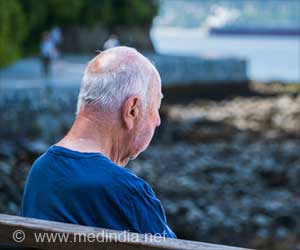Community-based screenings did adopt a fall risk reduction strategy in older adults, stated new study.

The researchers emphasize that while their study targeted older patients, everyone is at risk of falling, regardless of age. Receiving yearly fall risk screenings can help monitor and track an individual's risk, which changes over time. "Risk increases with age and older adults are more likely to have more severe consequences as a result of a fall. This is why screening and taking action to reduce risk is so important as we grow older," says assistant professor Nancy Gell.
To screen and assess participants' risk level, researchers used a modified version of the Centers for Disease Control and Prevention's Stopping Elderly Accidents, Deaths and Injuries (STEADI) toolkit to help classify participants as being at low, moderate or high risk of falling. Participants then received tailored recommendations and strategies to prevent falls based on their screening results.
"We were excited to see these single, one-time events did lead people to make changes. We were also pleased to see that 45 percent of the participants had shared their screening results, which is helpful and easier for a primary care provider to follow up and make further recommendations," says Gell.
The CDC STEADI toolkit and screening test used in the study assessed these abilities through physical tasks, like standing up from a chair and walking. Researchers and physical therapists monitored participants' movements throughout these simple tasks.
"Physical therapists, as a profession, really identify with being movement system experts and a lot of the components of movement systems contribute to a person's mobility, strength and balance. This is one area where physical therapists can have a real impact on reducing risk and reducing those traumatic falls from happening," says Karlsson.
Advertisement










